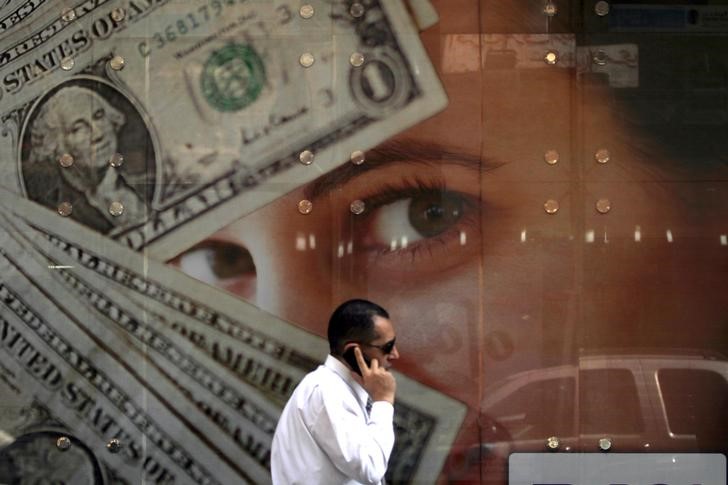(Bloomberg) -- Emerging-market currencies, pummeled in the second quarter by a strong U.S. dollar, are closing in on a key resistance level whose rupture could open the way to further declines.
The MSCI Emerging Markets Currency Index has hovered near 1,628.25 since completing its 5.5 percent swoon in the period, barely budging between 1,615 and 1,630. That stability suggests the gauge is testing the Fibonacci projection level of 1,619 that served as a floor in late September, late October and mid-November. If that barrier is breached, the next resistance would be at around 1,580 -- meaning a further 2.5 percent drop.
While each currency in the basket that makes up the gauge has its own technical levels and idiosyncratic drivers, the benchmark’s move suggests the asset class is at a key technical juncture. Adding weight to the theory are expectations the dollar will strengthen anew as U.S. interest rates rise, reducing demand for risky assets such as emerging markets.
“A major driver of EM year-to-date has been the strengthening dollar, and since it seemed to stabilize in late June, we have seen a more constructive environment for EM assets,” said James Syme, an emerging-market specialist who helps oversee London-based JO Hambro Capital. Going forward, though, recent U.S. economic data has been strong and the Federal Reserve is on course to shrink its balance sheet -- signs of a stronger dollar, Syme said.
Half of the 24 emerging-market currencies tracked by Bloomberg have strengthened since the end of June, led by some of the worst casualties of the second-quarter carnage including the Brazilian real, Mexico’s peso and the South African rand.
MSCI’s currency gauge has dropped 3.3 percent so far this year and was poised for a weekly decline.
